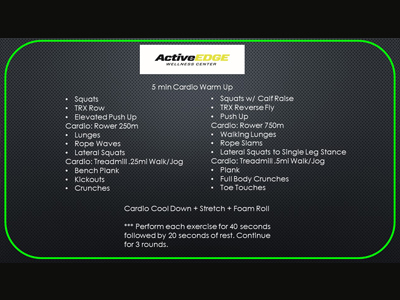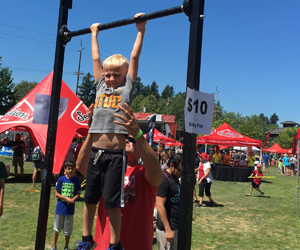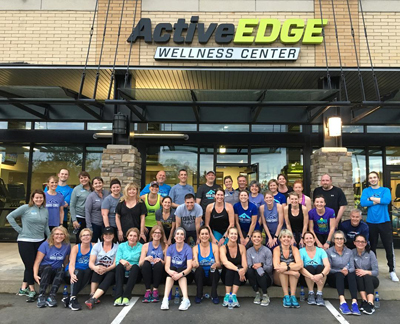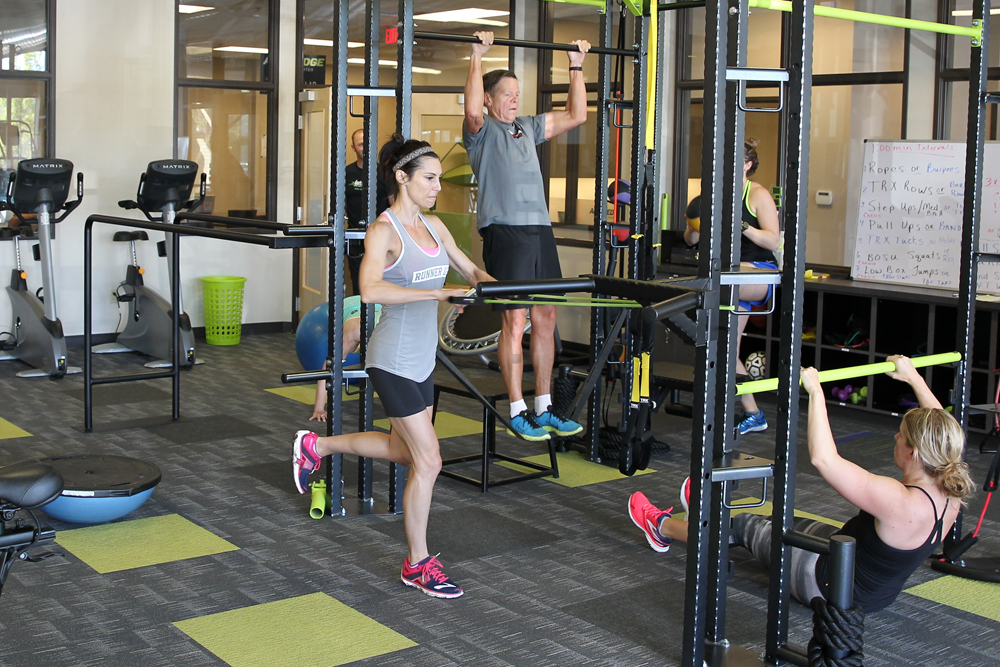SUMMER 2018
FEATURE STORY:
A Discussion on Foam Rolling
A discussion on the myths, truths, and benefits of foam rolling.
By Shanna Howland, ActiveEDGE West Linn’s newest Physical Therapist.
What is Foam Rolling?
Foam rolling is a form of self-myofascial release. Let’s first explain what myofascia is. In simple terms, myofascia is a thin layer of tissue that wraps around your muscles, encapsulating them. When foam rolling, you are targeting this myofascia as well as the muscle belly itself. Therefore, foam rolling is targeted towards muscular areas of your body such as your quadriceps, and not bony areas. Note as well, that these muscular areas have a lot of nerves that play a key part in what we will discuss below. Common foam rolling techniques include using a roller, or ball to roll up and down these muscular areas of your body.
Common reasons to foam roll
Foam rolling is very common in the fitness industry today, but the truth is most people don’t know why they are doing it. There are many perceived benefits of foam rolling, some of which include that; it breaks up knots, it produces neurological changes, and it loosens tight muscles. So, what is true and what is really going on in your body?
The truth!
There is no actual evidence that foam rolling “breaks up knots,” so by rolling we are not actually breaking up the muscle tissue. What is really happening is that, when rolling, our bodies are getting neurological messages to relax the muscle tissue. This then leads to the feeling of loose muscles. Often the nervous system plays a major role in how our muscles feel. Without our nervous system controlling our muscles, our muscles would just be dead weight. Think of a steak for example. Without the nervous system, it can’t get “tight” or “loose.”
Conclusion
Foam rolling leads to a neurological response that sends messages to our muscles to relax or reduce tone. This leads to an increase in our range of motion. At the end of the day, increased range of motion leads to many benefits including; looser feeling muscles, increased performance of our muscles, and a reduction in the chance for injury. So, should we foam roll? If it feels good to you, then yes. There are benefits, if we understand what is really happening!
Practical Application
There are many ways to implement foam rolling into your workouts, training, and daily life.
training, and daily life.
Try these few things to get started!
- Use a roller or a ball with a density that you can tolerate
- Roll prior to and after working out, training, and running
- Start with 30-60 seconds on the major muscle groups
- Spend extra time throughout your day on extra “tight” areas












 The 2018 season has begun With great success. Training Team members have trained and completed 4 races this season: Hippie Chick and Helvetia and our favorite way of racing, the one-day relays: HTC Pacific City and HTC Washington. Still to come this season: Crawfish Crawl, Red White and Blues (our “home town” race) and Turkey Trot. We will also be looking forward to the final one-day relay of the 2018 season HTC High Desert. You can still join in the fun, camaraderie and gain fitness. Try one of our workouts to see if this group is match for you.
The 2018 season has begun With great success. Training Team members have trained and completed 4 races this season: Hippie Chick and Helvetia and our favorite way of racing, the one-day relays: HTC Pacific City and HTC Washington. Still to come this season: Crawfish Crawl, Red White and Blues (our “home town” race) and Turkey Trot. We will also be looking forward to the final one-day relay of the 2018 season HTC High Desert. You can still join in the fun, camaraderie and gain fitness. Try one of our workouts to see if this group is match for you.








